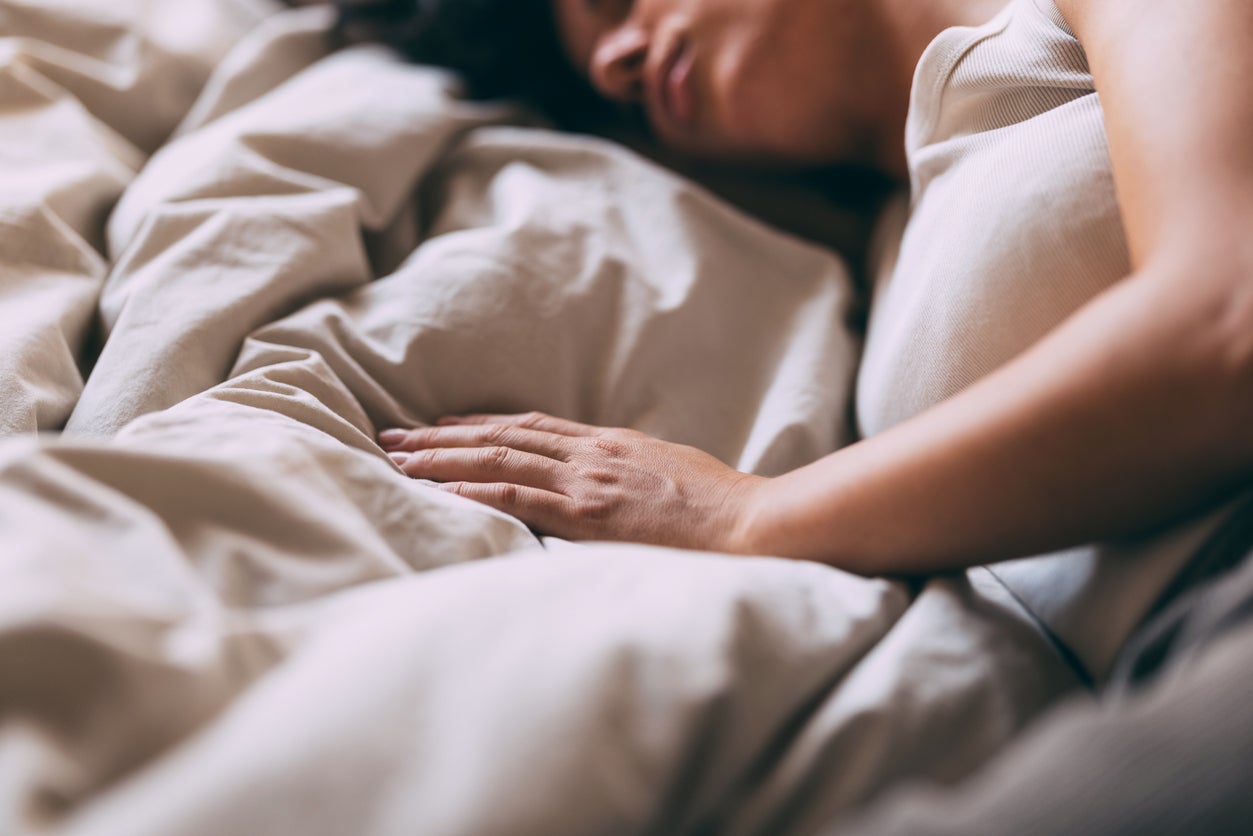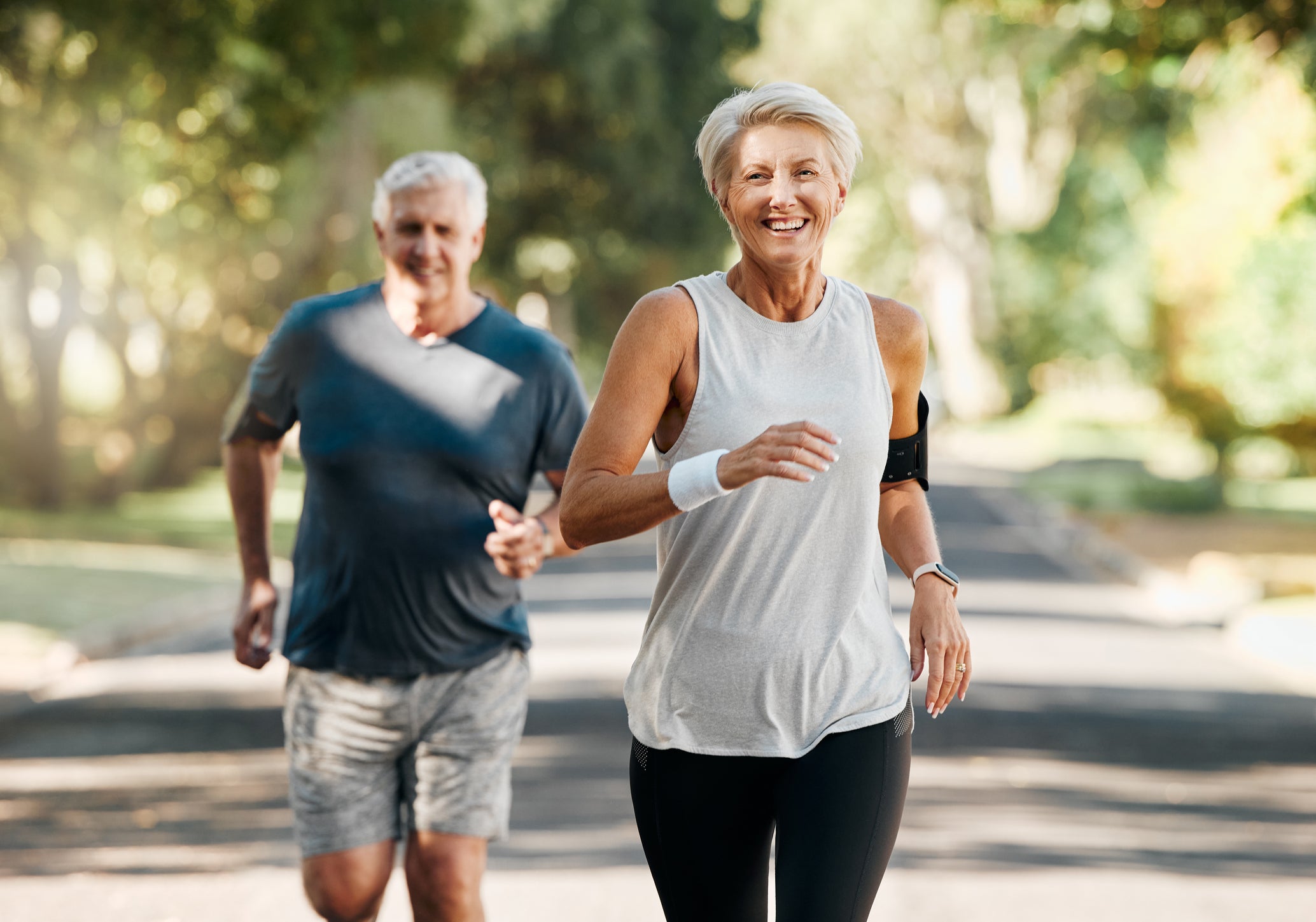ARTICLE AD BOX
Have you ever felt an unexpected sense of calm while walking barefoot on grass? Or noticed your stress begin to fade as you stood ankle deep in the ocean? If so, you may have unknowingly “grounded” yourself to the earth.
Grounding, also known as earthing, is the practice of making direct physical contact with the Earth’s surface. Our ancestors embraced this trend without knowing it. But with the invention of indoor homes, footpaths, roads, and even shoes, we have become less physically connected with the earth.
Grounding has been suggested to have a number of benefits, such as improving mood, and reducing stress and pain. But overall, there’s limited conclusive evidence on the benefits of grounding.
Somewhat ironically, the concept of grounding in 2025 is heavily influenced by technology, rather than getting out into nature. Consumers are being hit with social media reels promoting a range of technologies that ground us, and improve our health.
Among the most common are promises of improved sleep with the use of a grounding sheet or mat.
But is this just another TikTok trend, or could these products really help us get a better night’s sleep?

Bringing the outdoors in
The human body is conductive, which means it can exchange electricity with Earth and artificial sources, such as electronic devices or objects. (Sometimes, this exchange can result in an electric or static shock.)
Proponents of grounding claim the practice reconnects “the conductive human body to the Earth’s natural and subtle surface electric charge”.
They credit this process with physiological and psychological benefits (but again, the evidence is limited).
Grounding technologies can vary in type (for example, under-desk foot mats, mattress toppers and bed sheets) but all are designed to provide a path for electric charges to flow between your body and the earth.
The bottom prong you see in your three-prong wall socket is a “ground” or “earth” terminal. It provides a direct connection to earth via your building’s wiring, diverting excess or unsafe voltage into the ground. This protects you and your devices from potential electrical faults.
Grounding technology uses this terminal as a pathway for the proposed electrical exchange between you and earth, while in the comfort of your home.

Could grounding improve your sleep?
The research in this area is still emerging.
A 2025 study from Korea recruited 60 participants, gave half of them a grounding mat, and gave the other half a visually identical mat that didn’t have grounding technology. The researchers used a “double-blind” protocol, meaning neither the participants nor the researchers knew which participants were given grounding mats.
All participants wore sleep trackers and were asked to use their mat (that is, sit or lie on it) for six hours per day. The researchers found that after 31 days, participants in the grounding mat group slept longer on average (as measured by their sleep trackers) than those in the control group.
The researchers also used questionnaires to collect measures of insomnia, sleep quality, daytime sleepiness, and stress. After 31 days, participants in both groups improved on all measures.
There were no differences between the grounded and ungrounded groups for sleep quality, daytime sleepiness, and stress. And while grounded participants showed significantly lower insomnia severity after the intervention, this difference was also present at the start of the study. So it’s unclear if grounding had a tangible impact on sleep.
In another double-blind study, published in 2022, researchers in Taiwan examined the effectiveness of using grounding mats to improve sleep among patients with Alzheimer’s disease. The findings indicated that spending 30 minutes on a grounding matfive times per week resulted in improved sleep quality.
While previous research has suggested using grounding technologies may lead to improvements in mood, no differences were seen in measures of anxiety and depression in this study.

Grounding for gains?
Grounding technology has also been touted as having other benefits, such as reducing pain and inflammation.
A 2019 study found participants who slept on a grounding mat after intense exercise felt less sore and showed lower levels of inflammation in their blood compared to those who were ungrounded.
Grounding after a workout may help you feel better and recover faster, but it’s still unclear whether and how grounding affects long-term training results or fitness gains.
Add to cart?
So should you cash in on your favourite influencer’s discount code and grab a grounding mat? At the risk of spouting a common cliche of cautious scientists, our answer is that we don’t know yet.
What we do know is the existing research, albeit emerging, has shown no evidence grounding technology can negatively affect your sleep or recovery after exercise. So if you love your grounding mat or grounding sheet, or want to see if grounding works for you, feel free to give it a go.
Keep in mind, grounding products can retail for anywhere from around A$30 to $300 (£14.50 to £145) or more.
On the other hand, grounding on the grass in the great outdoors is free. While there’s limited evidence that grounding outdoors can improve sleep, spending time in outdoor light may itself benefit sleep, regulate circadian rhythms, and improve mood.
Finally, while grounding could be an interesting strategy to try, if you’re experiencing ongoing problems with your sleep, or suspect you may have a sleep disorder, the first step should be reaching out to a medical professional, such as your GP.
Dean J. Miller is a Senior Lecturer, Appleton Institute, HealthWise Research Group, CQUniversity Australia
Charlotte Gupta is a Senior Postdoctoral Research Fellow, Appleton Institute, HealthWise Research Group, CQUniversity Australia
This article was originally published on The Conversation and is republished under a Creative Commons licence. Read the original article


.jpg?trim=0,50,0,50&width=1200&height=800&crop=1200:800)






 English (US) ·
English (US) ·